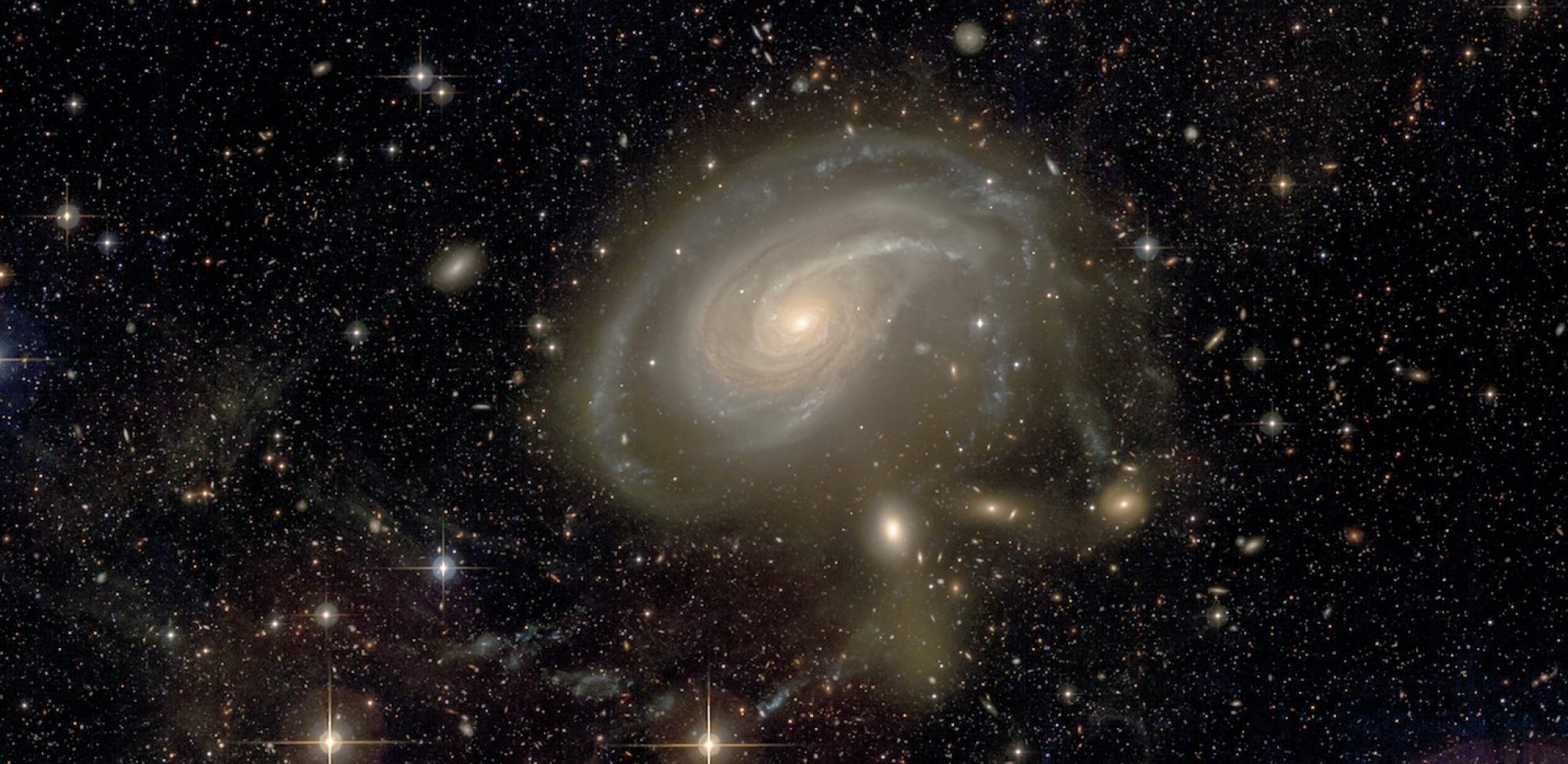
We study the size and structure of globular cluster (GC) systems of 118 early-type galaxies from the NGVS, MATLAS, and ACSVCS surveys. Fitting Sérsic profiles, we investigate the relationship between effective radii of GC systems (R e,gc) and galaxy properties.
GC systems are 2–4 times more extended than host galaxies across the entire stellar mass range of our sample (108.3 M ⊙ < M * < 1011.6 M ⊙). The relationship between R e,gc and galaxy stellar mass exhibits a characteristic “knee” at a stellar mass of M p ≃ 1010.8, similar to the galaxy R e –stellar mass relationship. We present a new characterization of the traditional blue and red GC color subpopulations, describing them with respect to host galaxy $(g^{\prime} -i^{\prime} )$ color (Δgi): GCs with similar colors to their hosts have a “red” Δgi, and those significantly bluer GCs have a “blue” Δgi. The GC populations with red Δgi, even in dwarf galaxies, are twice as extended as the stars, suggesting that formation or survival mechanisms favor the outer regions. We find a tight correlation between R e,gc and the total number of GCs, with intrinsic scatter ≲0.1 dex spanning two and three orders of magnitude in size and number, respectively. This holds for both red and blue subpopulations, albeit with different slopes. Assuming that N GC,Total correlates with M 200, we find that the red GC systems have effective radii of roughly 1%–5% R 200, while the blue GC systems in massive galaxies can have sizes as large as ∼10% R 200. Environmental dependence on R e,gc is also found, with lower-density environments exhibiting more extended GC systems at fixed mass.
Lim, S. et al., 2024, ApJ 966, 168

